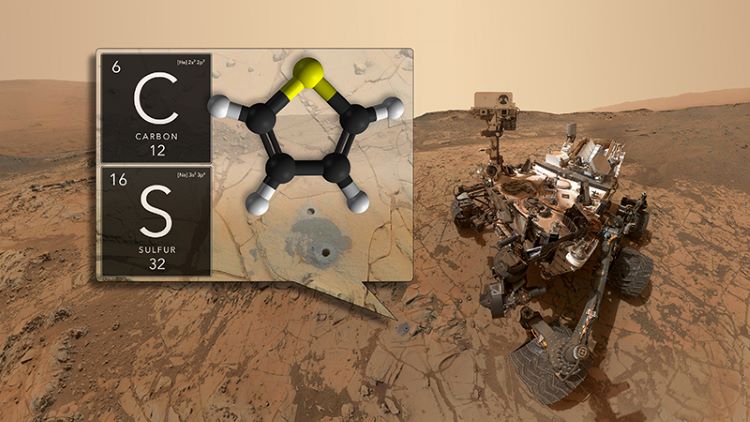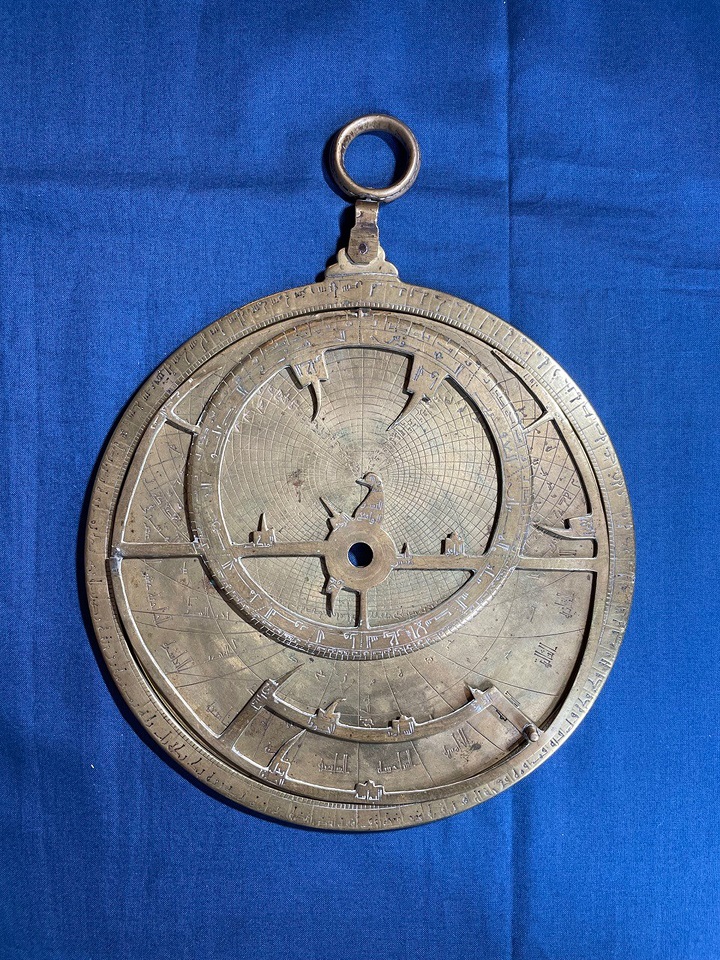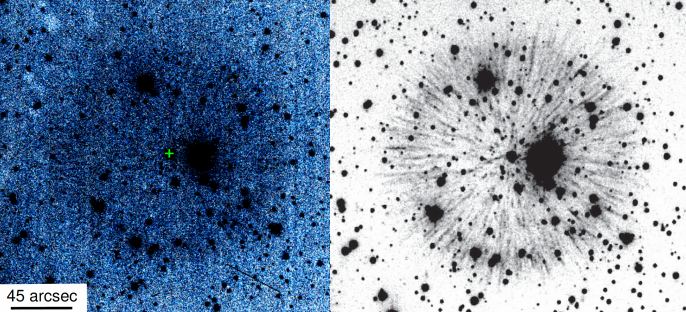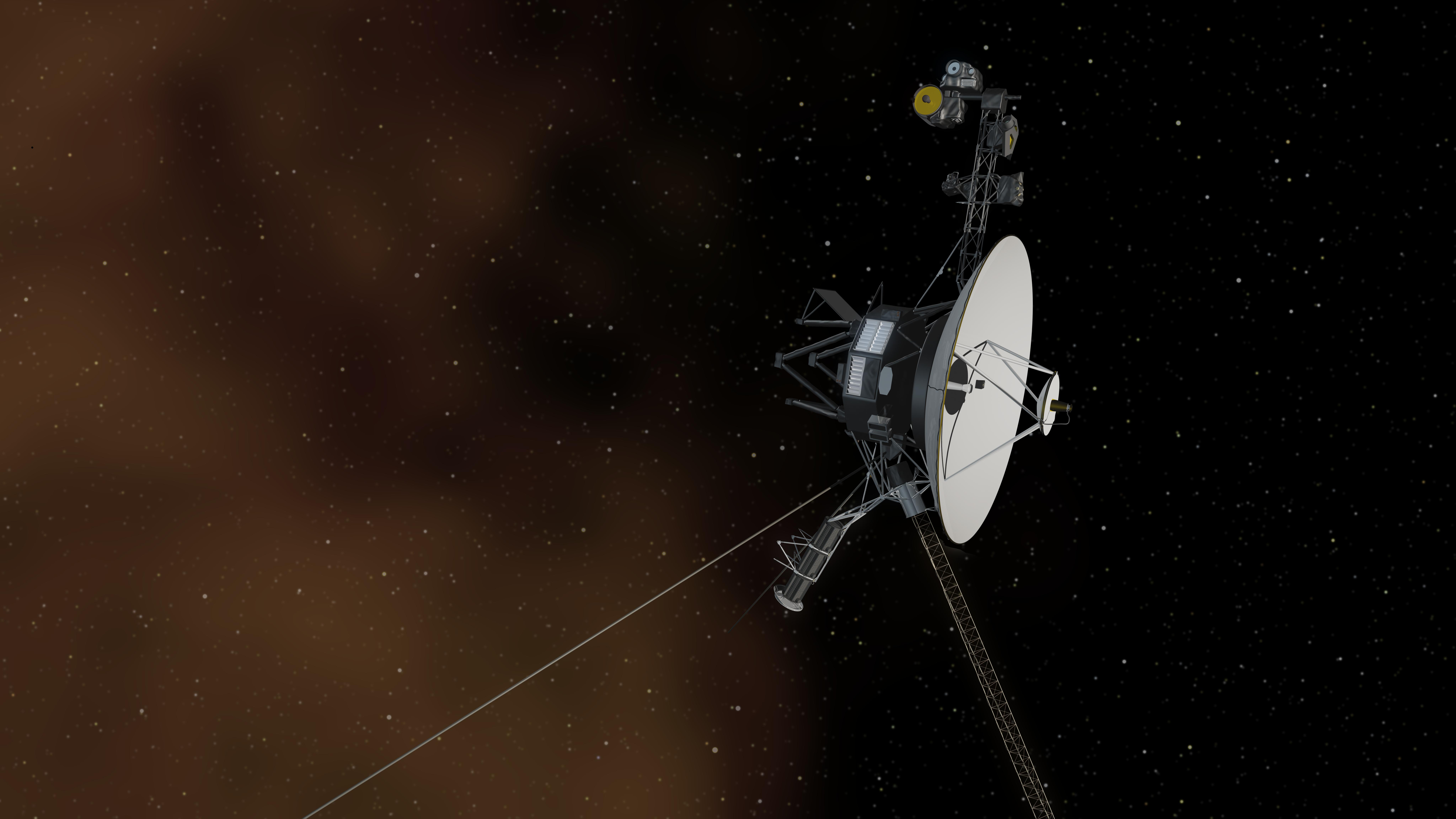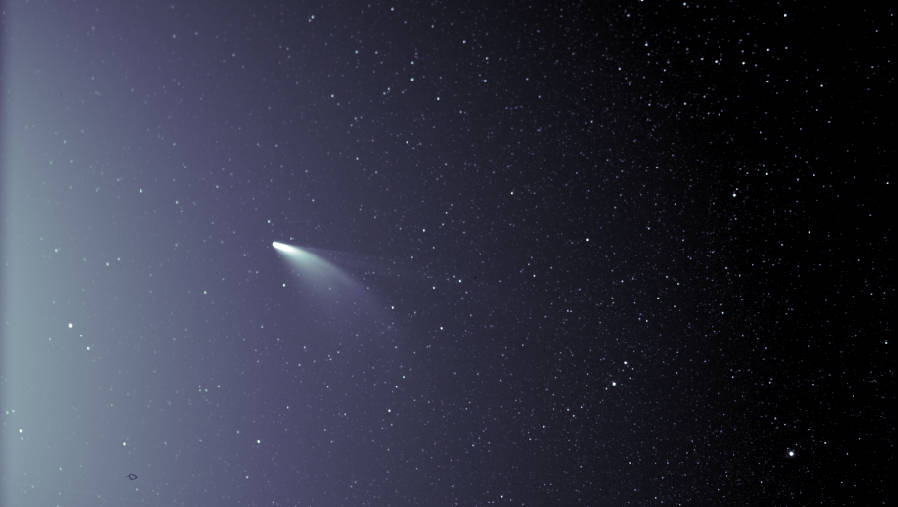One of my favorite paintings is Starry Night by Vincent van Gogh — for obvious astronomical reasons. But another favorite of van Gogh’s works is Lane of Poplars at Sunset. This painting depicts the setting Sun perfectly aligned with a long lane of trees, casting long shadows.
The geometry of the Earth and Sun means that this scene had to be painted on one specific day of the year when the alignment would be possible. An astronomer has now used 19th-century maps to discover where the lane was, and then used astronomical calculations to determine which date the Sun would be in the exact position as the painting. His result? The painting depicts a stretch of road known as Weverstraat in the Dutch town of Nuenen, on November 13 or 14, 1884.
Continue reading “Astronomer Calculates When van Gogh Painted This”

